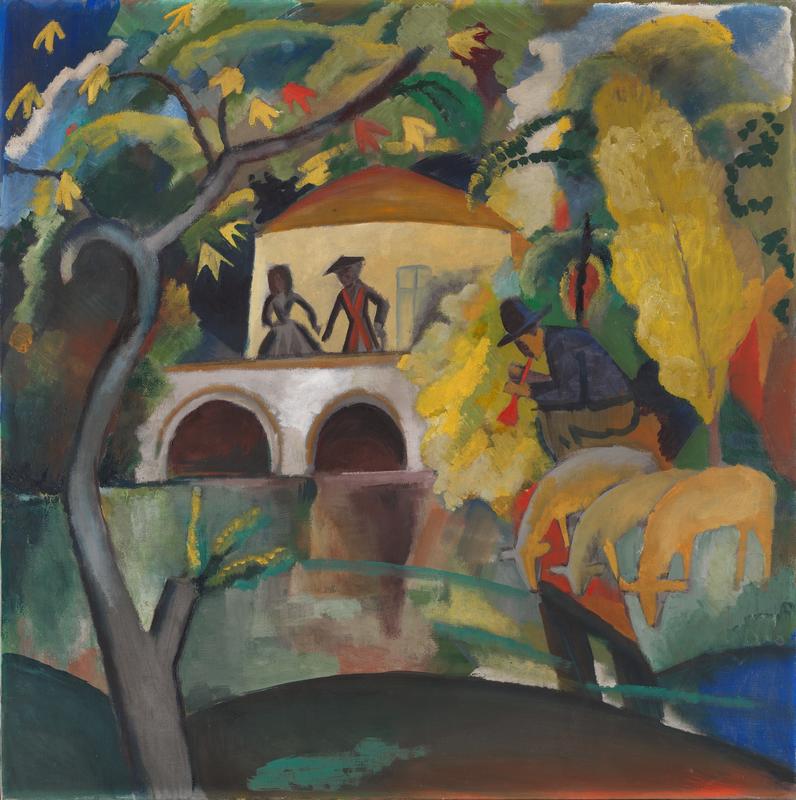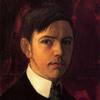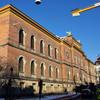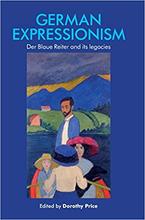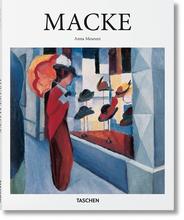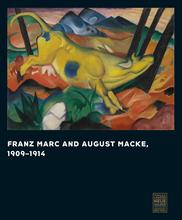More about Rokoko
- All
- Info
- Shop

Contributor
You would never know by looking at Rokoko by August Macke but when it was created, World War I was afoot.
This painting is the most Expressionist of the German Expressionist landscape paintings. Macke and his clique of Expressionist friends called themselves “The Savages of Germany,” which seems a little extreme for a bunch of guys whose great rebellion was incorporating emotion into painting. Macke was their fearless leader who sported “an appreciation for tribal art and the linear elegance of west African carvings” in his works. This is exemplified in the elongated necks of the cows (or maybe sheep?) in the bottom right corner. Why there are Mannerist sheep in Rokoko, we’ll never know. *Ba dum tssshhh* just a little art movement humor for ya.
The reason this work is titled Rokoko is that the work has a distinct The Swing vibe to it. You can see a man and a woman engaging in a secret rendezvous while a man in the front is completely oblivious but also adding to ~the mood~ by playing whatever instrument that is. It’s all very fluffy and light. There is one notable difference between Rokoko and The Swing and that’s the style in which it’s created. Rokoko has minimal detail and maximum emotion. The Swing, on the other hand, is all about the details…every last phallic detail.
We are still confused why this work has absolutely nothing to do with the imminent war, but perhaps Macke was just trying to avoid the topic, knowing all too well how terrible it was going to be. Especially for him.
Sources
- "August Macke | German Artist." Encyclopedia Britannica. Web. 16 Jan. 2018. https://www.britannica.com/biography/August-Macke
- "August Macke, Rokoko – Nasjonalmuseet – Collection." Nasjonalmuseet. Web. 16 Jan. 2018. http://samling.nasjonalmuseet.no/en/object/NMK.DEP.2010.0002
- "August Macke ROKOKO." Sotheby's. Web. 15 Jan. 2018. http://www.sothebys.com/en/auctions/ecatalogue/2010/impressionist-moder…

